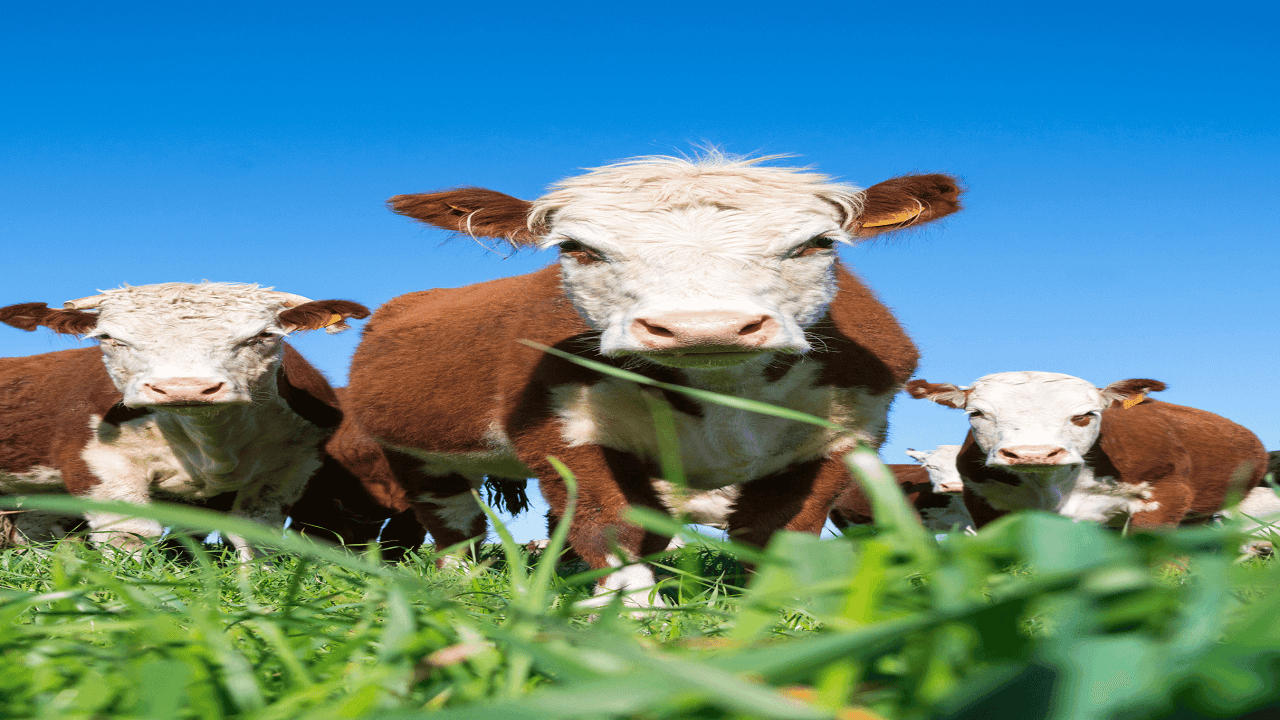
Ticks And Ectoparasites That Affect Livestock Farming
July 7, 2023, 11:46 am
A parasite is any organism that lives inside or outside a host animal and deriving its nutrients from the host animal.
Some parasites that causes disease do so by means of another organism called vector. The vectors feed on the blood of their hosts and also carry disease agents e.g. tse-tse fly (a vector) carries trypanosome (protozoan) which causes trypanosomiasis in farm animals.
Ticks And Ectoparasites That Affect Livestock Farming
However, some other organisms that feed on other things but are nuisance to farm animals are called simple pests e.g. houseflies.
Parasites are classified into two based on whether they live inside or outside the host animals:
- Ectoparasites (external parasites): They live outside (on the bodies) of the hosts. Examples of ectoparasites are ticks, mites, lice, flea and keds etc. (Note: mites, ticks and lice are not insects)
- Endoparasites (internal parasites): They live inside the body of the hosts e.g. roundworms, tapeworms, hookworms, liver fluke, schistosomes etc.
General Characteristics of Parasites
- Most parasites are host specific i.e. they affect particular host and may not infest another animal species except for a brief period if at all
- Most internal parasites have direct life cycles. That is, they develop to maturity in the intestine of the host; lay their eggs that are passed out in manure or fields, which contaminate pastures, feed and drinking water. The eggs are consumed by other animals and so are infested.
- It seems impossible under farm or range conditions to raise animals which are parasite free. Hence parasitic infestations should be kept at very low levels
- Endo-parasites are most prevalent and virulent in malnourished animals.
ECTOPARASITES
The common types of ectoparasites are:
Lice (singular louse)
There are two categories of lice:
- Sucking lice—feeding on blood
- Biting lice—feeding on cellular debris and exudates from skin
Lice are usually host-specific (even in humans, some lice live on the head while others feed on body). Lice cause itching and anaemia. In extreme cases, they may cause death. One can detect lice infestation if bits of hair stick on posts, nails etc. showing the animals rubbed their bodies or if hair is pulled out of the body.

Lice could be suspected and could be found under a good light with a magnifying glass, the parasites themselves or their eggs. Animals kept in close confinements are more susceptible to lice infestation because of close body contact with other animals kept in the same compartment.
Prevention and Control of Lice
- Spraying or dipping in insecticide solutions
- Insecticides (powders) can be dusted on the affected animal. Repeat the spraying/dipping/dusting after two weeks, including the compartments where the animals are housed (pens, stables, cages etc.)
- Injectable subcutaneous drugs are sometimes used but these should not be applied on pregnant animals
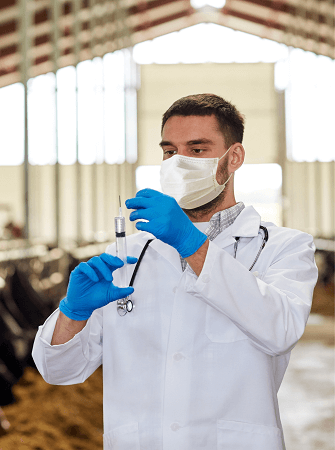
- Ethnoveterinary use fresh tobacco leaves to rub the body of the affected animal
- Avoid overcrowding or overstocking of farm animals
Mites
Mites are parasites which cause scab or mange—a skin problem (dermatitis) which causes intense itching, hair loss and death. Mange affects all classes of livestock. Mange is spread through body contact with infested animal.

Mite Control
The most effective control of mite is to maintain proper sanitation. Quarantine of infected animal is also necessary.
Mite Treatment
Use ivomectin (injected subcutaneous). Ethnovet application of old engine oil to rub the bodies of affected animals which can be very painful and dirty.
Sheep Keds
These are blood sucking parasites of sheep. They have six legs but wingless. This parasite spends its entire life cycle on the sheep. The female does not lay eggs but gives birth to a larva which attaches to the wool and pupates. The feeding habit of keds cause serious irritation forcing sheep to rub and bite around shoulder and rump.
Ticks
The body of tick is oval and covered with tough leathery integument. The adult attaches itself to the skin of the host with a piercing organ (hypostome) for sucking blood of the host. The body is divided into two—a head region and abdomen.
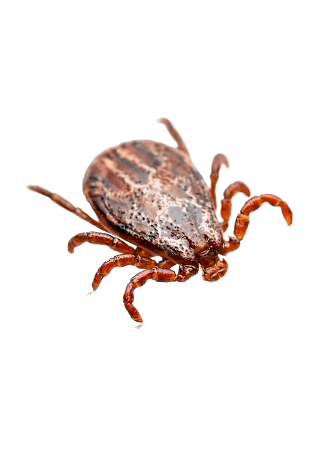
Ticks are of the family ixodiate. They are not insects since they have four pair of legs instead of three pairs as found in all insects. Ticks affect all animals including grasscutter and human. Ticks are ectoparasites which suck blood and are also vectors of disease like babesiosis which can lead to paralysis and death.
Life Cycle of Ticks
Ticks are of great importance to animal husbandry as they cause irritation, tick fever and death to animal. Knowledge of the life cycle of ticks is important to control the parasite. It should be noted that there are one-hose ticks, two-host ticks and three-host ticks.
The mature female tick feeds on the host’s blood and falls on the field or pen to lay eggs then dies. The eggs hatch in 2—3 weeks into six legged larvae or seed ticks which crawl on the leaf blades waiting for animals passing to attach itself.
The larva feeds voraciously on the blood of the host and falls down. The larva feeds then moults on the ground into a nymph with eight legs. The nymph craws to leaf blades and wait to attach itself to an animal, the second host and later drops to the ground.
They nymph on the ground then moults into an adult and crawls to the leaf blade ready to attach itself to a third host. Adult male tick will crawl to the animal looking for female to be mated with. After mating, the male dies. When female sucks enough blood, it falls to the ground to lay eggs and the cycle goes on.
Seed ticks can remain on the vegetation for almost 8 months waiting patiently for the host. Ticks can also attach itself to humans.
Effects of Ticks on their Hosts
- Cause great annoyance and irritation to their hosts
- Act as vector of diseases
- Injuries from their bites may become ulcerated wounds
- Injuries caused may become source of secondary infections
- Damage the skin of host and thereby reducing the quality of skin or hides
- Sucks blood of the host thus leading to anaemia in host
- Loss of blood may lead to death
Control of Ticks
- Keep animals in clean surroundings
- Regular dipping of animals to destroy ticks or spraying with acaricide solutions
- Rotational grazing or paddocking
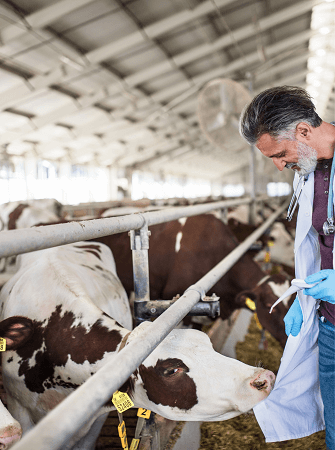
- Burn infested pasture or grazing lands
- Isolation of new stock and ensuring that they are free from infection
- Change bedding regularly
- Hand pick ticks from the body of host animals
- Light a match stick, blow it out, quickly and carefully use the hot end to press on the body of the tick, it will let go and drop
- Heat treatment on pens, kennels, stables would destroy the tick eggs
Prevention of Ticks
- Spray surrounding
- Some ticks use mice as secondary hosts therefore mice should be controlled in farm buildings
Fleas
These are small, wingless, blood sucking parasites. They cause intense irritation, dermatitis (skin problems) and restlessness. Infested animal scratches and bites itself to relieve irritation. Fleas also affect dog and poultry
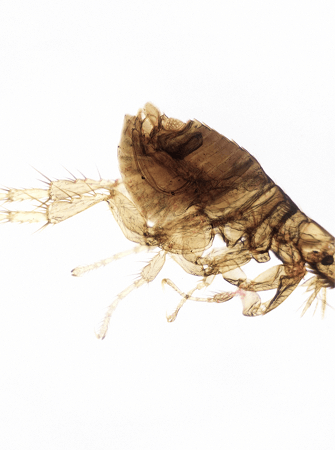
Flea Life Cycle
Flea spends much of its adult life on the host. Eggs are laid on host or on the ground. Eggs hatch into larvae which feed on organic matter. Larva pupates in a cocoon from which the adult emerges.
Treatment of Flea
Spraying or dipping or washing in chemicals
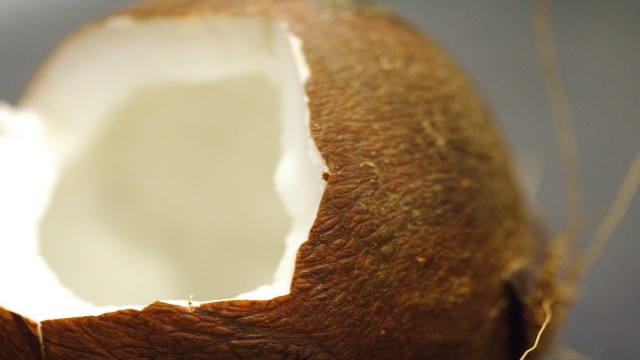










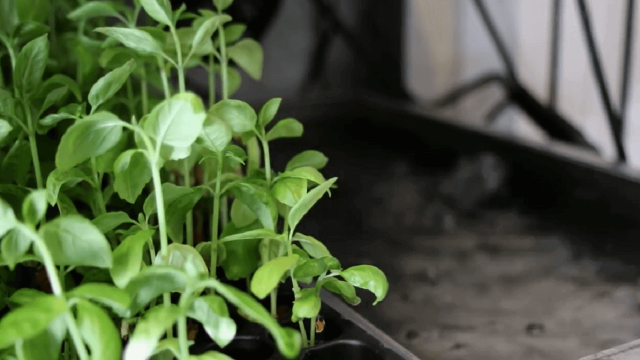
Share This Article: